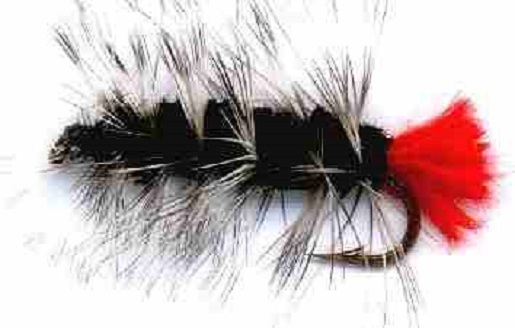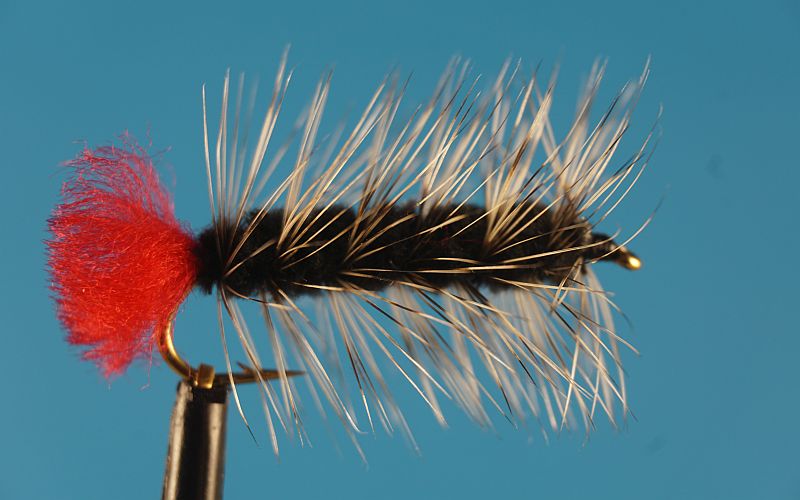


After the moths come out of the pupae stage, says Stewart Skeate, a biology professor and wildlife biology program coordinator at Lees-McRae College in Banner Elk, “they actually go through an entire generation in the summer, but we don’t really notice them.

What many people don’t realize is that the autumn woolly worms actually belong to the second round of a group that initially emerges from cocoons in the spring. This time of year, the curious-looking critters-they are actually the larvae of the Isabella tiger moth-are frequently seen crossing the road or feeding on grasses and goldenrod as they wander around looking for places to hibernate beneath logs, rocks or debris. In some parts of the country, the width of the band, not the colors, signifies the severity of the upcoming season. A brown band allegedly indicates a mild week, while a black one signals cold, ice and snow. Each year, the champion wins the coveted title of official forecaster.Īccording to woolly worm fans throughout the Blue Ridge states, the caterpillar’s 13 bands of fur represent the 13 weeks of winter. Inch by inch, the fuzzy competitors steadily race to the finish line at the annual Woolly Worm Festival in Banner Elk, North Carolina, a tradition since 1978, when a local resident created a way to decide which woolly worm would become the next Punxsutawney Phil-type prognosticator in this quaint mountain town. Tethered loosely on 3-foot-long strings, a row of brown-and-black caterpillars lines up on the stage to compete in individual heats for a chance to predict whether the upcoming winter will be mild or harsh, or a little of both.


 0 kommentar(er)
0 kommentar(er)
